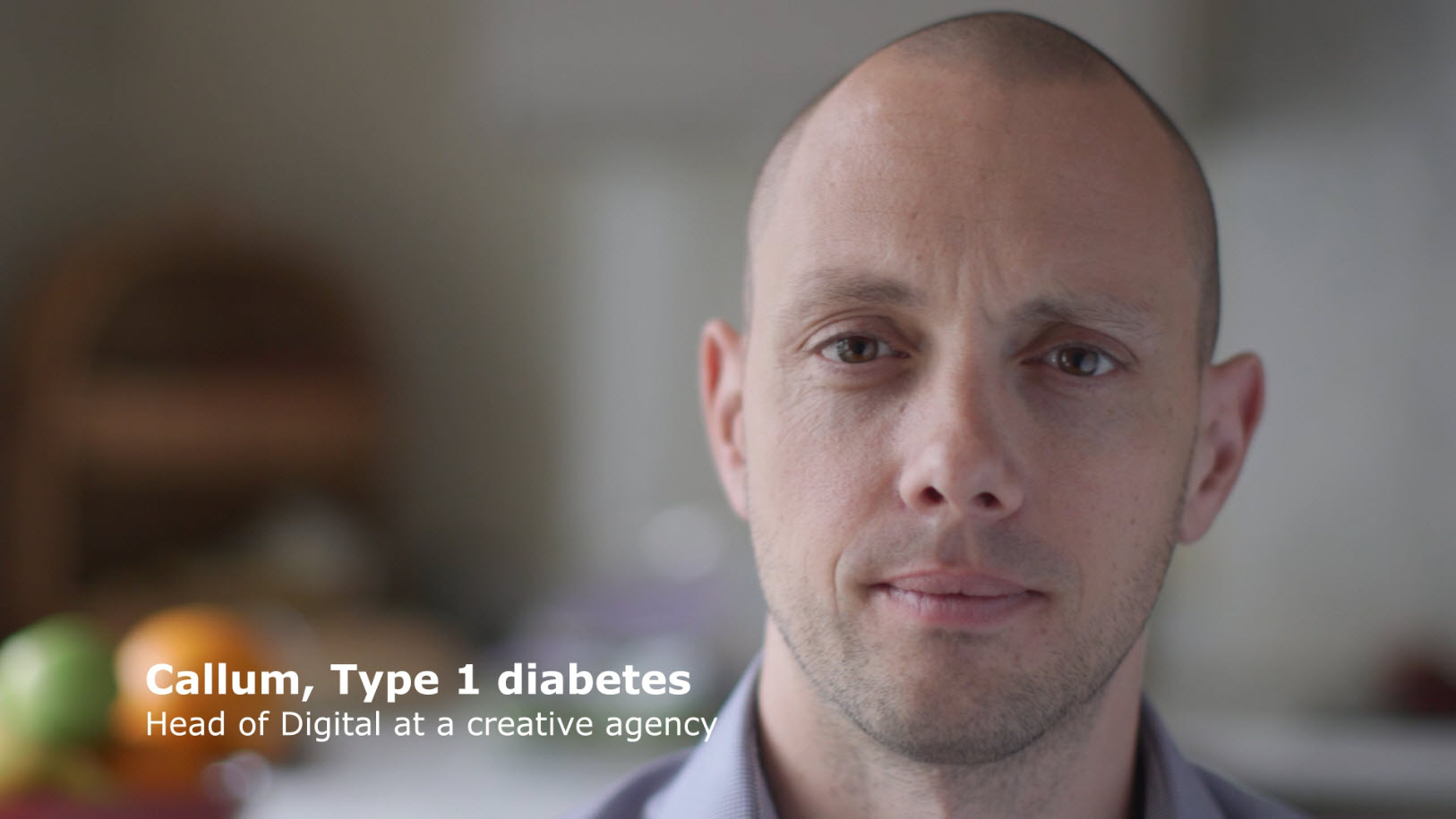Host intro: Under normal circumstances, welcoming a new addition to the family is both an exciting and joyful time for the entire family. This is especially true for first-time parents. However, due to a recent surge in Covid-19 cases in the state of Georgia and a new executive order by the governor, new parents here, like most other places, are unfortunately having to hold off on the many “firsts” they would typically be able to enjoy with their newborns. One thing that hasn’t changed, however, is the usual mix of emotions a first-time parent goes through before returning to work. Here is Esther Song with the story.
AMBI1: landscapers mowing the lawn (ideally, it would have been baby cooing or crying, OR natural leasing office sounds. But the baby fell asleep just before the interview, and my friend got swamped with work on Monday so she recorded this at home on her day off on Tuesday.)
TRACK: I am talking with Grace Sharma. Grace is a first-time mom who had her four-and-a-half-month-old daughter, Braelynn, just before the statewide shelter-in-place mandate went into effect on April 2nd. Braelynn, a chubby, brown-haired, hazel-eyed baby is her mom’s mini-me. She has just fallen asleep in her mom’s arms. Grace’s voice is full of pride as she talks about how well her daughter eats and sleeps. Today is Grace’s day off. Other days she works as a leasing consultant at a residential complex nearby. She is really enjoying being a new mom, but she does admit there have been additional challenges and adjustments due to the Covid-19 pandemic.
ACT: It can be kinda isolating experiencing motherhood for the first time as much as you love your little baby. You are, you know, stuck inside a lot, and have a lot of nights where you are up by yourself, umm, and like with this pandemic, it has been more so because I haven’t been able to leave the house really, just been stuck inside a lot… There are so many things I want to do with her that I feel like is not safe for me to do right now so that has definitely been more frustrating.
TRACK: Grace says although she is happy to be back at work, it wasn’t initially easy being away from her daughter all day. She is thankful to have the help of her mom who has been babysitting Braelynn since she returned to work. She does feel anxious at times, but overall, she feels it was a fairly smooth process for her and the baby and is happy to have a change of scenery.
ACT: Getting out of the house was nice just because I was stuck inside the house like nonstop at the very beginning of having her, and then when it would have been about OK to start bringing her out to stores and taking her to public places, that’s when it got really bad with pandemic, and umm, so having the opportunity leave the house for more than like five minutes going to the grocery store that was, like, nice, just being able to get out of the house. But being away from her has been hard, and I wish I could take her to work, honestly, because I am so attached to her now and it’s definitely, it’s not an easy adjustment for anyone.
TRACK: Like any new parent, Grace was looking forward to many of the “firsts” with her daughter, such as her first trip to the park, her first meeting with family and friends, her first professional photo shoot at a studio, and especially, taking her to Target, Grace’s all-time favorite store, for the first time. However, she is holding off on those moments for now until the situation feels safe enough for her and her daughter.
ACT: So I’m definitely most looking forward to just, like, bringing Braelynnn to do, like, simple things, even just going grocery shopping or going to Target which I love to do probably a little too much (laughs), umm, and I think it’d be so fun to, like, look at baby clothes and have like her right there with me. Umm, yeah, and I would also like to do like a baby photo shoot with her since I haven’t been able to do anything like that yet, and umm, doing like normal things in life (because) we’ve been stuck at home so much and it’d be nice to just be able to like go places freely and not question myself so much whether I’m being safe or not so I’m really looking forward to that.
TRACK: Becoming a new parent is never easy. But for first-time mom, Grace Sharma, the additional challenges and adjustments brought on by the pandemic has not taken away the joy and excitement of having a baby. She is still finding ways to enjoy being a new mom during these unusual times. She looks forward to all of this being over soon so she can enjoy it just a little bit more. For Baruch College, this is Esther Song in Atlanta, Georgia.






